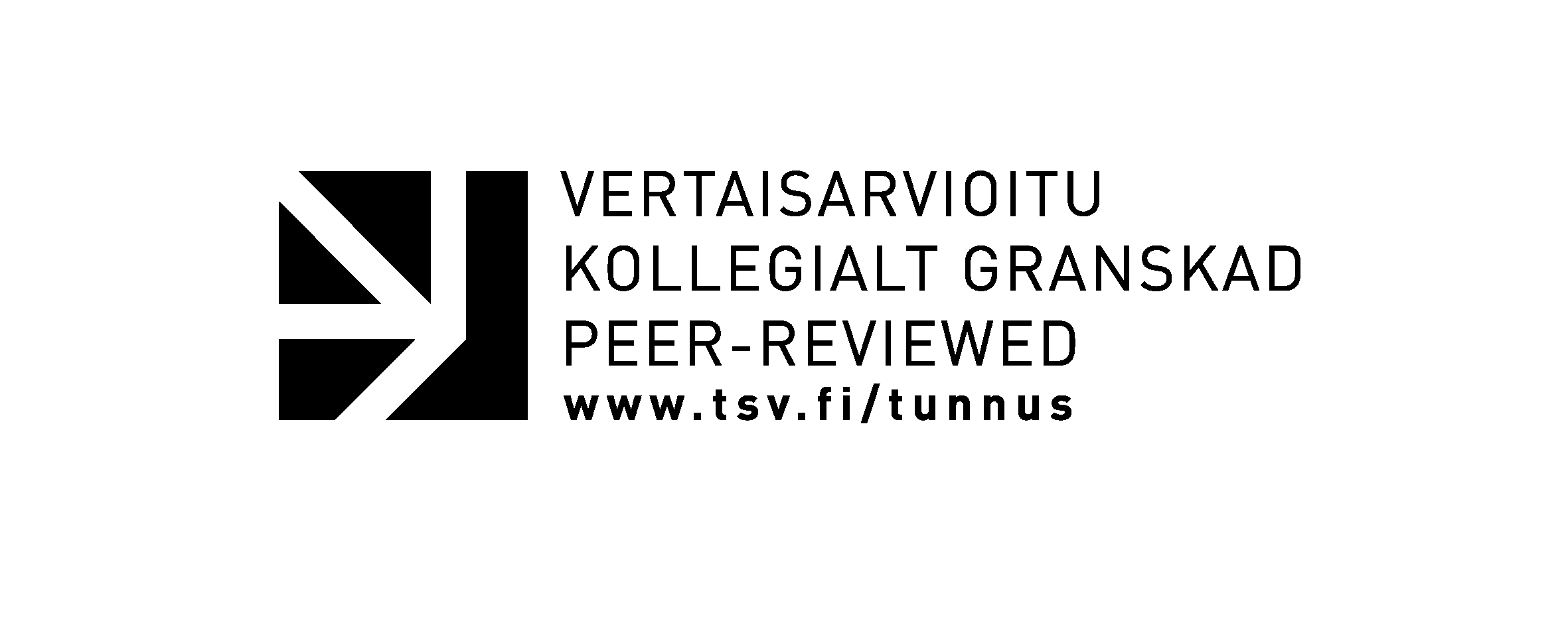New Clothing Fashions as Expressions of Modernization and Targets of Resistance
Avainsanat:
agrarian, clothing, consumption, estate, modernization, religion, resistanceAbstrakti
The extensive reorganization of society known as modernization included the breakdown of dress codes based on social status at the end of the 19th and beginning of the 20th centuries. Within rural communities, this gave rise to both enthusiasm and criticisism. On the one hand, dress-related practice undewent a transformation from expressions of collective, escate-based identity to a means of individual self-expression and empowerment. On the other, the wearing of 'lordly' clothing by the common people blurred dress code boundaries which until then had been taken for granted, and threatened to render familiar signs of social status meaningless (see Stark 2006, 23). Certain items of clothing and fashion were the focus of particular attention. For men, these were starched collars and short haircuts, and for women, hats, underpants, trousers, as well as shorter, narrower and more decorative skirts. Galoshes, for their part, were an innovation marketed to both men and women, which drew considerable comment.







